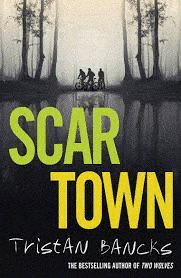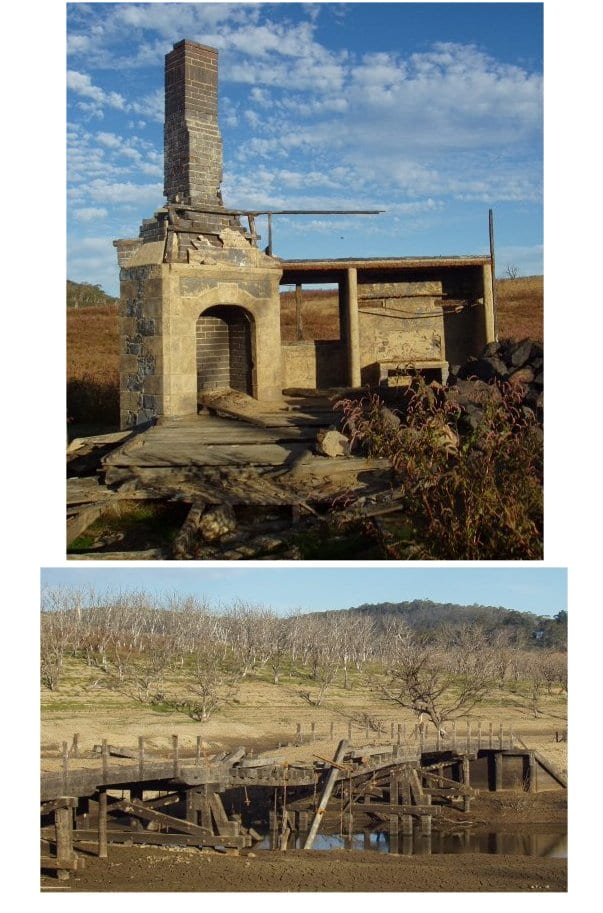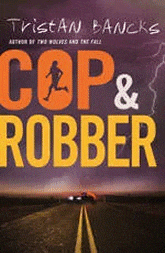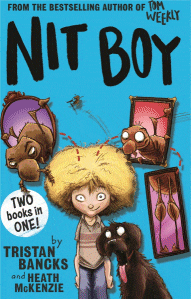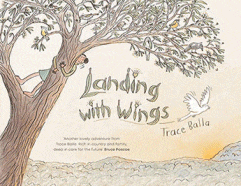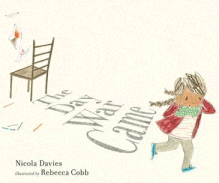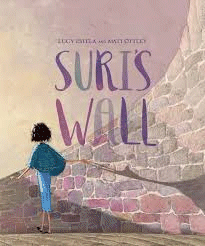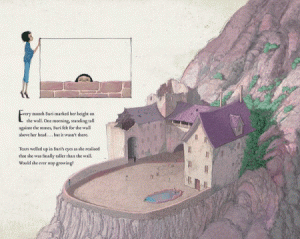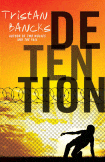
Detention
Detention
Tristan Bancks
Puffin, 2019
240pp., pbk., RRP $A16.99
9780143791799
Sima and her family are pressed to the rough, cold ground among fifty others. They lie next to the tall fence designed to keep them in. The wires are cut one by one.
When they make their escape, a guard raises the alarm. Shouting, smoke bombs, people tackled to the ground. In the chaos Sima loses her parents.
Dad told her to run, so she does, hiding in a school and triggering a lockdown. A boy, Dan, finds her hiding in the toilet block.
What should he do? Help her? Dob her in? She’s breaking the law, but is it right to lock kids up? And if he helps, should Sima trust him? Or run?
Whatever decisions are made will change their lives forever.
With the rise and spread of nationalist, right-wing conservative governments around the globe, xenophobia is alive and well in communities and countries around the world. In Australia it is always a hot topic particularly around election time and especially since former prime minister John Howard declared, “It’s about this nation saying to the world we are a generous open hearted people, taking more refugees on a per capita basis than any nation except Canada, we have a proud record of welcoming people from 140 different nations. But we will decide who comes to this country and the circumstances in which they come” in an election speech just weeks after the attacks on the World Trade Centre buildings in 2001.
Having just had another federal election with the rhetoric of asylum seekers, detention centres and people’s rights claiming a lot of media space and votes, this new book from Tristan Bancks is very timely. In it, through the students in the Reading Superstars class and their teacher Miss Aston, he asks the questions that need to be considered about the plight of refugees, particularly as much of what the children say is the echo of their parents’ perspectives. Bancks says he has tried to tell the story as “a human one, rather than a political one” and he has achieved this as the reader becomes very invested in the plights of Simi and Dan and constantly wonders what would they do if they were either of those characters.
In my opinion, the greatest power of this book is in the hands of a class teacher reading it aloud and discussing the issues as Miss Aston does while she and her charges are in lockdown. That way, a range of points of view can be explored and explained, taking the story to a whole new level, rather than being an individual read that throws up questions but for which the reader doesn’t seek answers. And that teacher should be prepared to answer the inevitable, “What would you do if you were Miss Aston?”
Books for this age group are rarely the focus of reviews on this blog, but I believe that this is such an essential read as part of any study about migration and refugees, it deserves all the publicity it can get. Superb.
